Greyhound bus stops are valuable assets. Here’s who’s cashing in on them
You can’t get here from there. That’s the increasing problem facing around 60 million people who depend on intercity buses.
Intercity bus lines like Greyhound, Trailways and Megabus, an overlooked but essential part of America’s transportation system, carry twice the number of people who take Amtrak every year. But the whole network faces a growing crisis: Greyhound and other private companies’ bus terminals are rapidly closing around the country.
Houston, Philadelphia, Cincinnati, Tampa, Louisville, Charlottesville, Portland, Oregon, and other downtown bus depots have shuttered in recent years. Bus terminals in major hubs like Chicago and Dallas are also set to close. Greyhound and other companies have relocated their stops far away from city centers, which are often inaccessible by public transit, switched to curbside service or eliminated routes altogether.
These stations built decades ago are shuttering because of high operating costs, government underfunding and, surprisingly, the entrance of an investment firm buying up Greyhound’s real estate for lucrative resale.
Greyhound terminal closures in one state can unravel service in others, and the closures threaten to break the comprehensive web of national bus routes. Greyhound suspended service for a year in Jackson, Mississippi, after the terminal closed and also left Little Rock, Arkansas, after a closure.
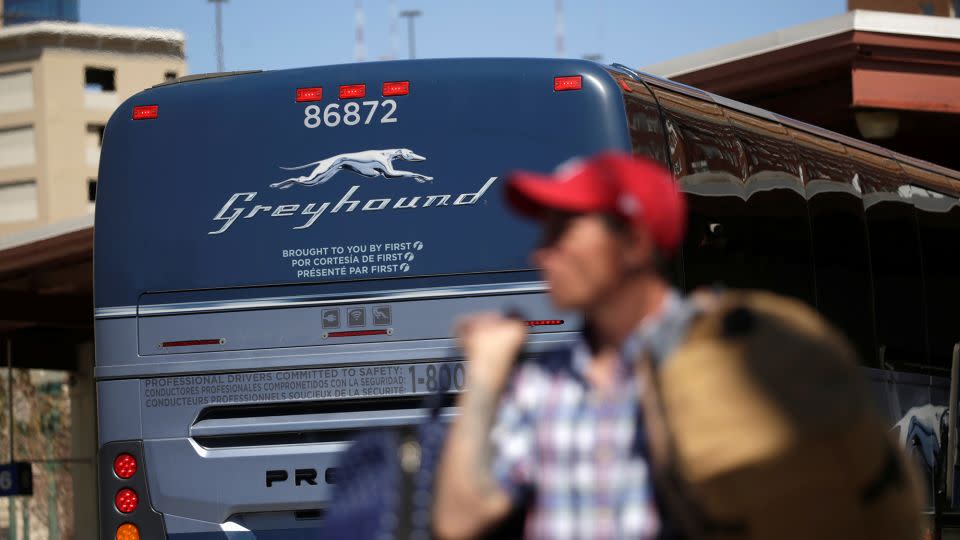
“All this happening at once is really startling,” said Joseph Schwieterman, a DePaul University professor who researches intercity bus travel and directs the university’s Chaddick Institute for Metropolitan Development. “You’re taking mobility away from disproportionately low-income and mobility-challenged citizens who don’t have other options.”
Roughly three-quarters of intercity bus riders have annual incomes of less than $40,000. More than a quarter would not make their trip if bus service was not available, according to surveys by Midwestern governments reviewed by DePaul University.
Intercity bus riders are also disproportionately minorities, people with disabilities, and unemployed travelers.
A spokesperson for Greyhound, which is now owned by German company FlixMobility, said it strives to offer customers the most options for connections, but has “encountered challenges in some instances.” The spokesperson also said they “actively engage with local stakeholders to emphasize the importance of supporting affordable and equitable intercity bus travel.”
The terminal closures have been accelerating as Greyhound, the largest carrier, sells its valuable terminals to investors, including investment firm Alden Global Capital.
Last year, Alden subsidiary Twenty Lake Holdings purchased 33 Greyhound stations for $140 million. Alden is best known for buying up local newspapers like The Chicago Tribune, New York Daily News and The Baltimore Sun, cutting staff, and selling some of the iconic downtown buildings.
Alden has started to sell the Greyhound depots to real estate developers, speeding up the timetable for closures.
“I don’t know the specific details of each building, but it is clear what is happening here: an important piece of transit infrastructure is being sacrificed in the name of higher profits,” said Stijn Van Nieuwerburgh, a professor of real estate at Columbia Business School.
Twenty Lake Holdings did not respond to requests for comment. Attempts to reach Alden were unsuccessful.
Greyhound selling stations
The closures are the latest pressure point for intercity bus travel, which has been neglected for decades.
Local, state and the federal agencies have underinvested in intercity bus travel and relied on private companies to provide an essential public service for mostly low-income passengers. Some cities have been hostile to intercity buses and blocked efforts to relocate terminals.
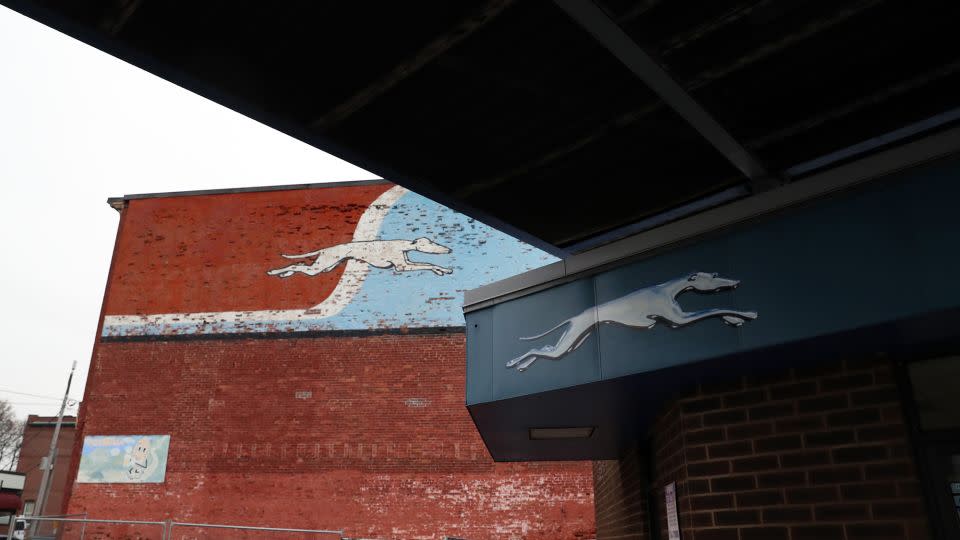
“The public sector has turned a cold shoulder to buses,” DePaul’s Schwieterman said. “We subsidize public transit abundantly, but we don’t see this as an extension of our transit system. Few governments view it as their mandate.”
Bus terminals are costly for companies to operate, maintain and pay property taxes on. Many have deteriorated over the years, becoming blighted properties struggling with homelessness, crime and other issues.
But terminal closures cause a ripple effect of problems.
Travelers can’t use the bathroom, stay out of the harsh weather or get something to eat while they wait. People transferring late at night or early in the morning, sometimes with long layovers, have no place to safely wait or sleep. It’s worse in the cold, rain, snow or extreme heat.
Bus carriers often try to switch to curbside service when a terminal closes, but curbside bus service can clog up city streets with passengers and their luggage, snarl traffic, increase pollution, and frustrate local business owners. In Philadelphia, a Greyhound terminal closure and switch to curbside service after its lease ended turned into a “humanitarian disaster” and “municipal disgrace” with people waiting on street corners.
In Cincinnati, the Greyhound terminal downtown closed last year after a sale and relocated to a suburban area far from public transportation.
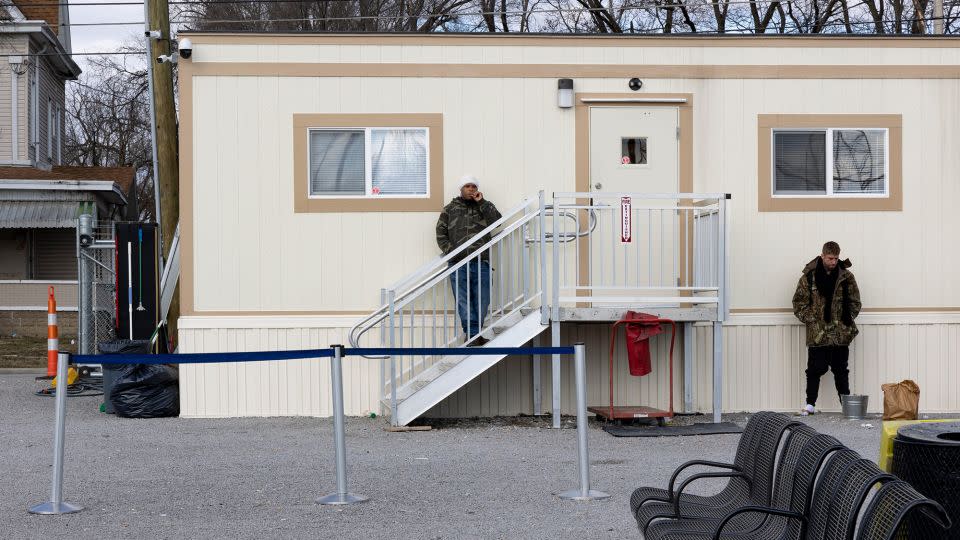
A trailer in a parking lot became the new Greyhound stop, with limited seating inside, two restrooms and no food. It’s open 12:30 a.m. to 5:30 p.m.
“It was plopped in the middle of nowhere,” said Cam Hardy, president of Better Bus Coalition, a transit advocacy group in the Cincinnati area. Hardy himself takes the Greyhound bus to Indianapolis frequently.
“It’s suffering big time. I’m really concerned,” Hardy said. “I think about my elders and people waiting in inclement weather. People need a secure, safe place to wait and clear instructions if there’s a delay.”
Rise and fall of intercity buses
Although intercity bus travel is an afterthought to many people today, it has been an important part of American transportation since the early 20th century, delivering both rich and poor families across the country.
Greyhound, which was started in Hibbing, Minnesota in 1914, became the largest intercity bus company in the United States.
Beginning in the 1930s, Greyhound built hundreds of modern bus terminals, often in the “Streamline Moderne” architectural style in the largest cities to match its streamline buses.
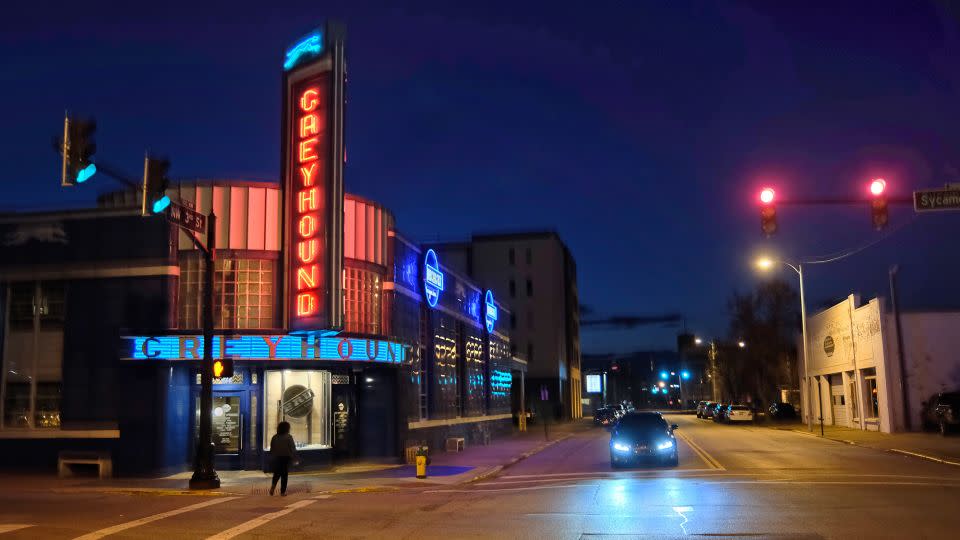
In many cities, bus terminals were the only business open 24 hours a day. The terminals and intercity buses were sometimes symbols of Americana and adventure, used as scenes in numerous films ranging from Midnight Cowboy to Forest Gump.
But demand for intercity buses weakened as the interstate highway system grew, car ownership increased, air travel expanded, and city centers deteriorated. Companies cut service and closed terminals starting around the 1960s.
Cities lost nearly one-third of intercity bus service between 1960 and 1980 and more than half of the remaining service between 1980 and 2006, according to DePaul University research.
Federal deregulation of the intercity bus industry in the 1980s sped up service cuts. Deregulation allowed carriers to abandon their unprofitable routes, resulting in a wave of service reductions in smaller cities.
Ridership dropped from 140 million passengers in 1960 to 40 million by 1990.
Traditionally, buses operated from their own private terminals or from city-owned facilities. But beginning in the late 1990s, buses going from Chinatown to Chinatown in different cities along the Northeast Corridor emerged. These discount carriers avoided terminals and operated from the curb.
The success of the so-called “Chinatown bus” model led to a boom in curbside carriers, offering slightly more perks (free internet!) and newer buses with sleek branding and lower prices than Greyhound buses.
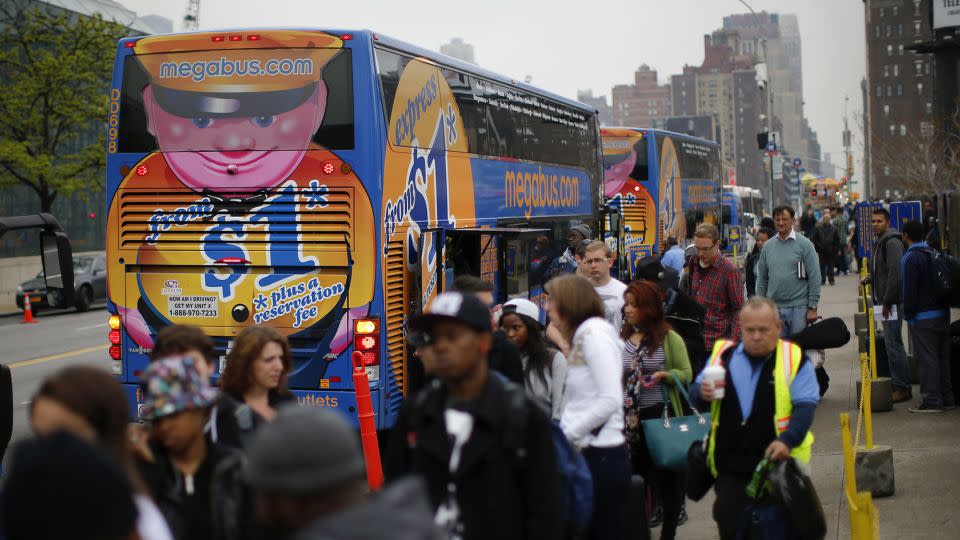
In 2006, Megabus debuted, followed by BoltBus a year later. Companies found that operating curbside saved money by reducing labor costs and eliminating high costs of running their own terminals.
“The industry has been increasingly leaving the terminal to operate on the curb,” said Nicholas Klein, an assistant professor in Cornell University’s department of city and regional planning who studies intercity bus travel.
While the growth of curbside carriers like Megabus has helped the intercity bus industry draw new riders, curbside carriers usually only operate in major cities and typically do not offer routes that require transfers.
“Losing out on terminals means that cities are going to have to regulate curbside service,” Klein said. “Someone has to deal with the consequences of lots of people waiting for buses where there’s not sufficient services.”
New solutions
As Greyhound terminals close, transit advocates say the public sector needs to step in to play a larger role in supporting intercity bus travel.
“Intercity buses should no longer be an invisible mode to city governments,” said Joseph Schwieterman. “The era of privately-run stations is rapidly ending, so governments need to figure out how to assure that service continues without pushing people out into the rain and cold.”
One promising model is in Atlanta, where Greyhound opened a new 14,000 square-foot dedicated terminal this year with financial support from the federal government. The station is used by other intercity bus operators and is near public transit.
Some public transit advocates note than train stations are more anchored and less movable than bus stations. And, in many cases, they can serve as dual train and bus stations. Milwaukee and Boston, for example, also have municipal intercity bus terminals located next to train stations.
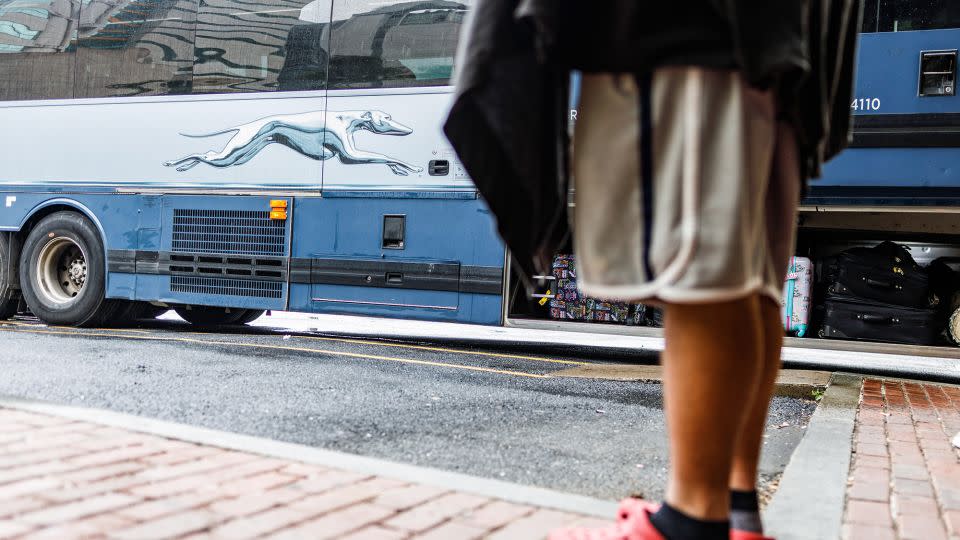
“Access to publicly owned intermodal facilities is crucial for providing communities across the U.S. with intercity bus service,” the Greyhound spokesperson said. “We strongly urge local and regional governments to support intercity bus access to these centers.”
In Houston, Greyhound last month closed its centrally-located terminal and moved to a smaller stop with less access to public transit.
Gabe Cazares, the executive director of transportation advocacy group Link Houston, wants to see a publicly-owned, centralized transportation hub in Houston as a permanent replacement for the Greyhound terminal.
“As long as public sector takes a hands-off approach, we’re going to continue to see the cascading problems every time a bus operator closes,” Cazares said. “We’re going to have to come up with creative solutions to tackle this.”
Correction: A previous version of this article mischaracterized Alden Global Capital. It is an investment manager.
For more CNN news and newsletters create an account at CNN.com
